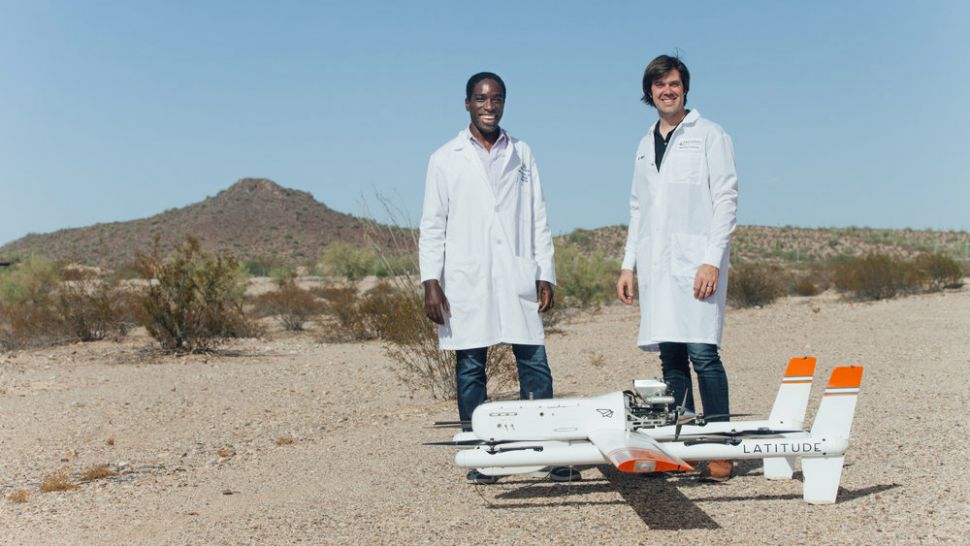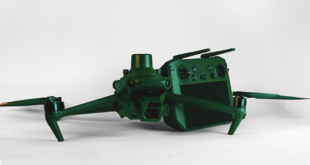Researchers at Johns Hopkins University have accomplished what’s regarded as the one longest medical drone supply flight. With a flight time of three hours, the workforce’s fixed-wing plane transported bloods 161 miles throughout the Arizona desert.
Drone supply has obtained quite a bit of individuals very excited. And that’s truthful sufficient. Who doesn’t like the thought of a pizza flying overhead or a pack of spare batteries you ordered 5 minutes in the past hovering proper exterior the window? But whereas there have been a lot of gimmicky functions and corporations seeking to make a advertising and marketing splash simply by suspending their product from a drone, the potential is actual.

Johns Hopkins’ Record Breaking Flight
But there’s one downside with flying medical provides over nice distances. For starters, not many drones are fitted with a refrigeration system to maintain bloods and medicines on the right temperature. That, together with sheer endurance, was the problem confronted by Johns Hopkins researchers.
The answer was an onboard payload system succesful of sustaining temperature management all through the three-hour flight. As a consequence, the samples have been nonetheless viable for laboratory evaluation upon arrival.
In a report of the findings, printed within the American Journal of Clinical Pathology final week, the analysis workforce mentioned the achievement provides to proof that unmanned plane might be an efficient, protected and well timed solution to rapidly transport medical samples from distant websites to laboratories.
“We expect that in many cases, drone transport will be the quickest, safest and most efficient option to deliver some biological samples to a laboratory from rural or urban settings,” says Timothy Amukele, M.D., Ph.D., assistant professor of pathology on the Johns Hopkins University School of Medicine and the paper’s senior creator.
“Drones can operate where there are no roads, and overcome conditions that disable wheeled vehicles, traffic and other logistical inefficiencies that are the enemy of improved, timely patient diagnoses and care,” Amukele says. “Drones are likely to be the 21st century’s best medical sample delivery system.”
The plane used within the research was a Latitude Engineering HQ-40. The samples have been contained in a temperature-controlled chamber designed by the Johns Hopkins workforce. “Getting diagnostic results far more quickly under difficult conditions will almost certainly improve care and save more lives,” Amukele says.
 Unmanned Aerial Vehicle The latest drone news
Unmanned Aerial Vehicle The latest drone news



